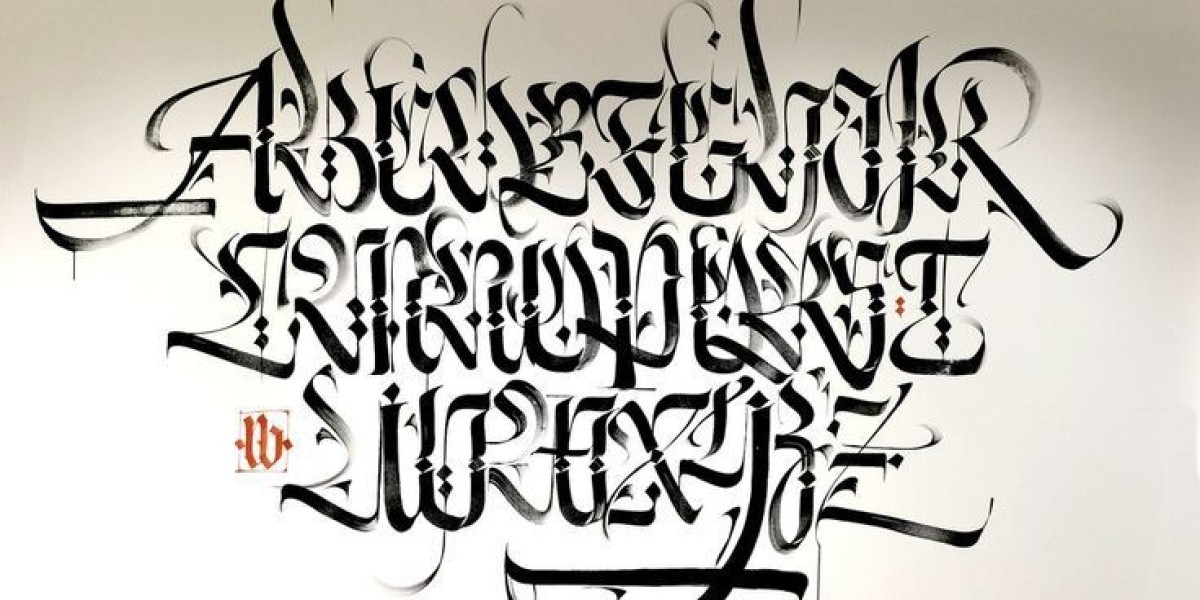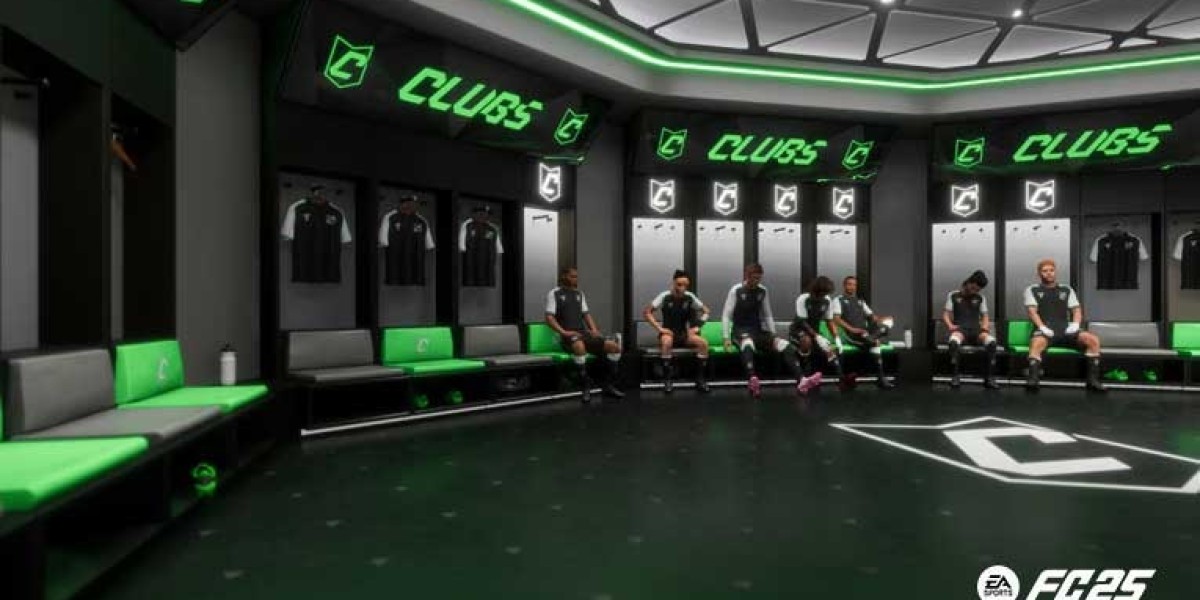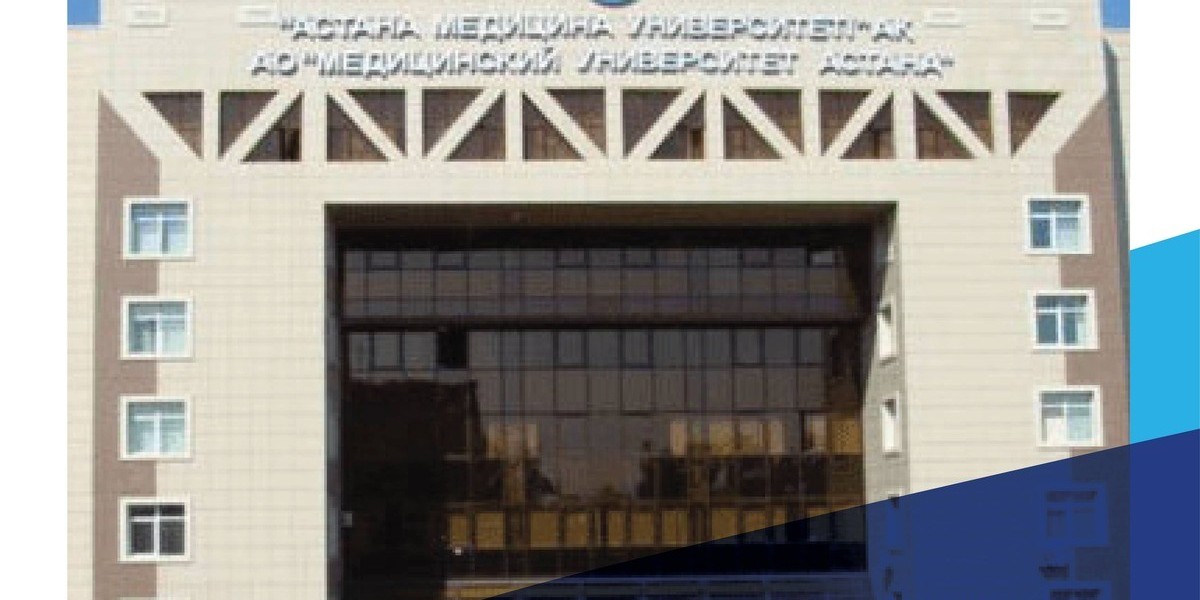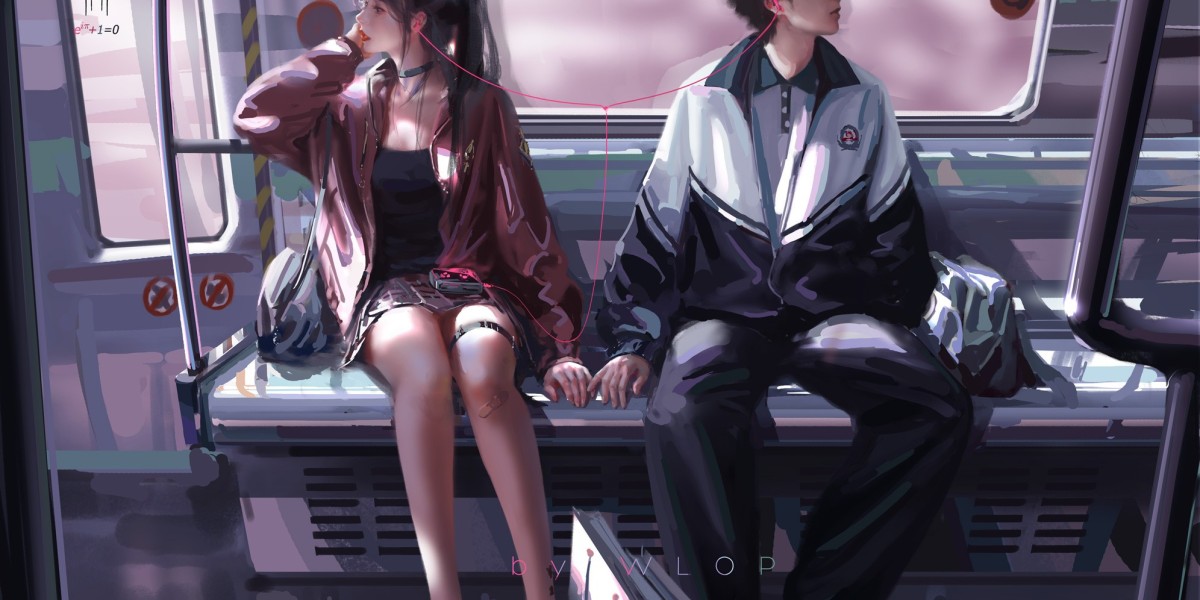The traditional art of UAE is an essential part of the nation's cultural identity, reflecting its history, values, and heritage. The UAE, known for its rapid modernization, has successfully preserved its traditional arts, which blend influences from Islamic, Bedouin, and Persian cultures. From intricate UAE calligraphy to the vibrant geometric designs, the country’s art forms provide a rich historical tapestry that defines the artistic landscape.
This article will explore the different elements of the traditional art of UAE, with a particular focus on UAE calligraphy. By delving into the history, techniques, and significance of these art forms, we aim to shed light on the enduring impact they have on contemporary culture.
The History and Evolution of Traditional Art in the UAE
The roots of traditional art of UAE can be traced back to the pre-Islamic era, where the nomadic Bedouins used art to express their lifestyle, beliefs, and social status. The early arts of the region primarily revolved around practical crafts such as pottery, weaving, and textiles, with geometric patterns and symbolic motifs dominating.
With the rise of Islam and the spread of Islamic culture across the region, the art scene in the UAE shifted. UAE calligraphy became a prominent form of artistic expression, often used in religious contexts. The evolution of art in the UAE reflects the transformation of the society itself, from its tribal roots to the cosmopolitan, modern country it is today.
Key Elements of Traditional Art in the UAE
Traditional UAE art can be divided into several key elements that continue to influence artists and artisans today:
1. UAE Calligraphy
One of the most recognizable forms of traditional art of UAE is calligraphy. UAE calligraphy is renowned for its elegance, precision, and beauty. Historically, calligraphy was used to inscribe religious texts, such as the Quran, and was often incorporated into architectural designs, monuments, and manuscripts.
The Arabic script, with its flowing lines and curves, is not just a writing system; it is a form of art that blends the spiritual with the aesthetic. UAE calligraphy is deeply embedded in the nation’s culture, often seen in mosques, government buildings, and even on the UAE currency. The art form continues to thrive in the UAE, with modern artists adapting it to contemporary styles while maintaining its traditional essence.
2. Geometric Patterns
Geometric art is another vital element of traditional art of UAE. Derived from Islamic art, these intricate designs feature repetitive patterns and motifs. They were often used in architecture, textiles, and pottery. Geometric patterns symbolize infinity and the divine, reflecting the belief in the eternal nature of God.
3. Traditional Textiles and Weaving
Traditional textiles, especially those woven by the Bedouins, are an important part of the UAE’s artistic heritage. Bedouin women were skilled in weaving intricate patterns into fabrics used for clothing and household items. These textiles often featured vibrant colors and bold patterns that represented family and tribal identities.
4. Pottery and Ceramics
Pottery is one of the oldest art forms in the UAE, dating back to ancient times. The Emiratis utilized clay to craft everyday items like cooking pots, water jugs, and bowls. Today, traditional pottery continues to be celebrated as an art form, with artisans creating beautiful pieces that honor historical methods and materials.
The Significance of UAE Calligraphy
UAE calligraphy is not merely a method of writing but a revered art form. The flowing Arabic script is seen as a way to communicate not only words but also emotions and spirituality. It is an art of balance and proportion, where each letter is a work of art in its own right. Some of the most famous styles of UAE calligraphy include:
- Diwani Script: Known for its cursive style and used in official documents.
- Thuluth Script: A classical script used for religious texts.
- Naskh Script: Simple and legible, often used in print.
Calligraphy is deeply intertwined with the Islamic culture in the UAE, and it continues to serve as a link between the past and present. In the UAE, calligraphy is often used in public spaces to celebrate the country’s Islamic heritage and Arab identity.
Modern Interpretations of Traditional Art in the UAE
While the UAE has a rich tradition of art, modern artists are reimagining these classic forms in innovative ways. Contemporary artists are incorporating traditional techniques into modern contexts, blending the old with the new. Some of these artists have even started exploring calligraphy with abstract forms, creating pieces that go beyond religious or decorative uses.
The rise of technology has also played a role in modernizing traditional art of UAE. Digital media and 3D printing have opened up new avenues for artists to explore and experiment with traditional art forms like calligraphy, pottery, and weaving. These innovations have ensured that UAE calligraphy and other traditional art forms remain relevant in today’s rapidly evolving world.
Where to See Traditional Art in the UAE
The UAE is home to several galleries, museums, and exhibitions that showcase the traditional art of UAE. Whether you’re visiting the iconic Louvre Abu Dhabi or exploring smaller local galleries, there are numerous opportunities to experience the beauty and richness of the country’s artistic heritage.
Some notable places to visit for traditional art include:
- The Louvre Abu Dhabi: Features a blend of both traditional and contemporary art from the region and around the world.
- The Dubai Museum: A great place to learn about the history and evolution of traditional art in the UAE.
- Sharjah Art Museum: Known for its extensive collection of artworks, including traditional calligraphy and pottery.
The Future of Traditional Art in the UAE
As the UAE continues to grow as a global cultural hub, the future of traditional art of UAE looks promising. The government’s strong support for arts and culture, along with the increasing interest from international audiences, ensures that traditional art will thrive for generations to come. From preserving ancient techniques to fostering modern reinterpretations, the UAE’s rich artistic heritage will remain an integral part of its national identity.
FAQs
1. What is the most famous form of traditional art in the UAE?
The most famous form of traditional art of UAE is UAE calligraphy, which is deeply embedded in the culture and reflects the region’s Islamic heritage.
2. What is the significance of UAE calligraphy?
UAE calligraphy is more than just a writing style; it is a sacred art form that reflects beauty, balance, and spirituality, often used in religious texts and architectural designs.
3. How can I learn UAE calligraphy?
Learning UAE calligraphy typically requires training from skilled masters who can teach the traditional scripts. Many cultural centers and art schools in the UAE offer courses in this ancient art form.
4. Can traditional art of UAE be seen in modern architecture?
Yes, many modern buildings in the UAE incorporate elements of traditional art of UAE, such as calligraphy and geometric patterns, in their designs to maintain a connection with cultural heritage.
5. Where can I buy traditional art from the UAE?
Traditional art, such as pottery, textiles, and UAE calligraphy, can be purchased at local galleries, artisan markets, and cultural centers across the UAE.
Conclusion
The traditional art of UAE is a living testament to the country’s rich cultural heritage and history. From UAE calligraphy to pottery and textiles, the art forms reflect the nation’s values and artistic achievements. As modern artists continue to reinterpret these traditions, the art of the UAE remains a vital part of its identity. Whether you are a visitor or a resident, exploring the traditional arts of the UAE offers a deeper connection to the nation’s cultural roots and its vibrant future.



